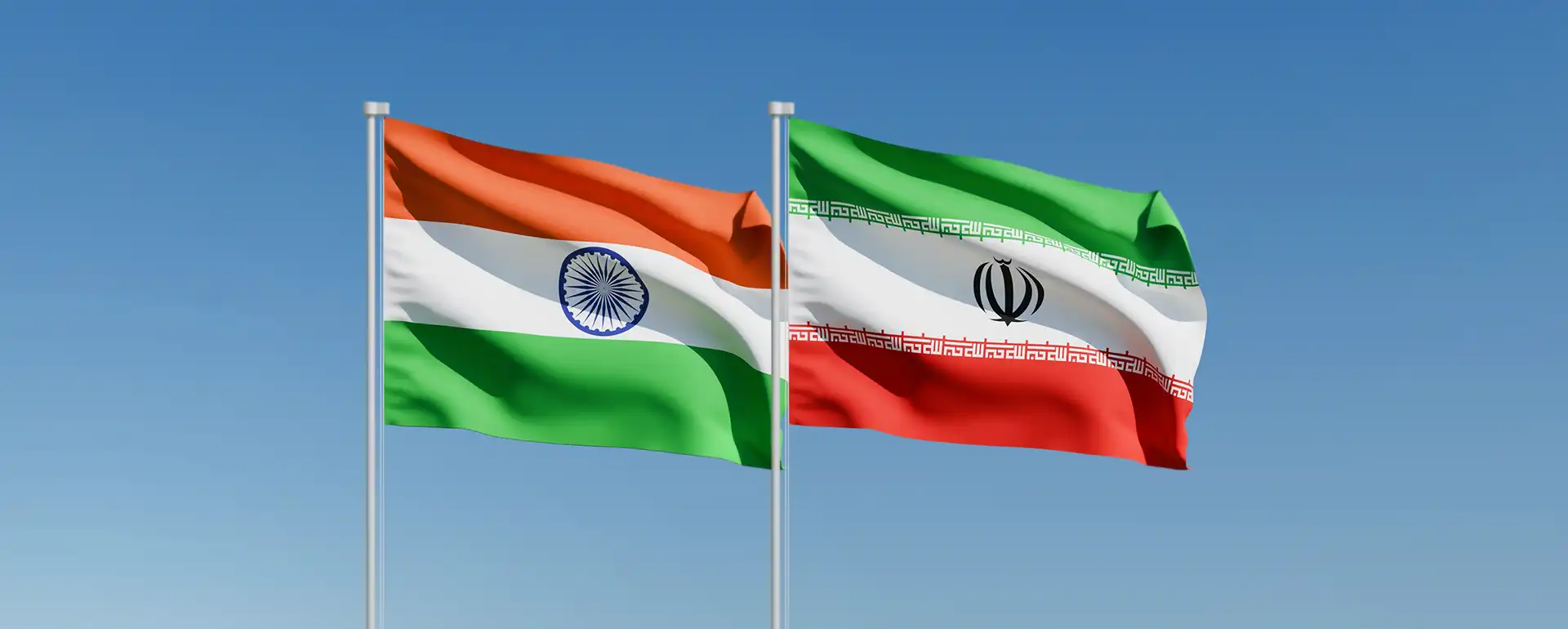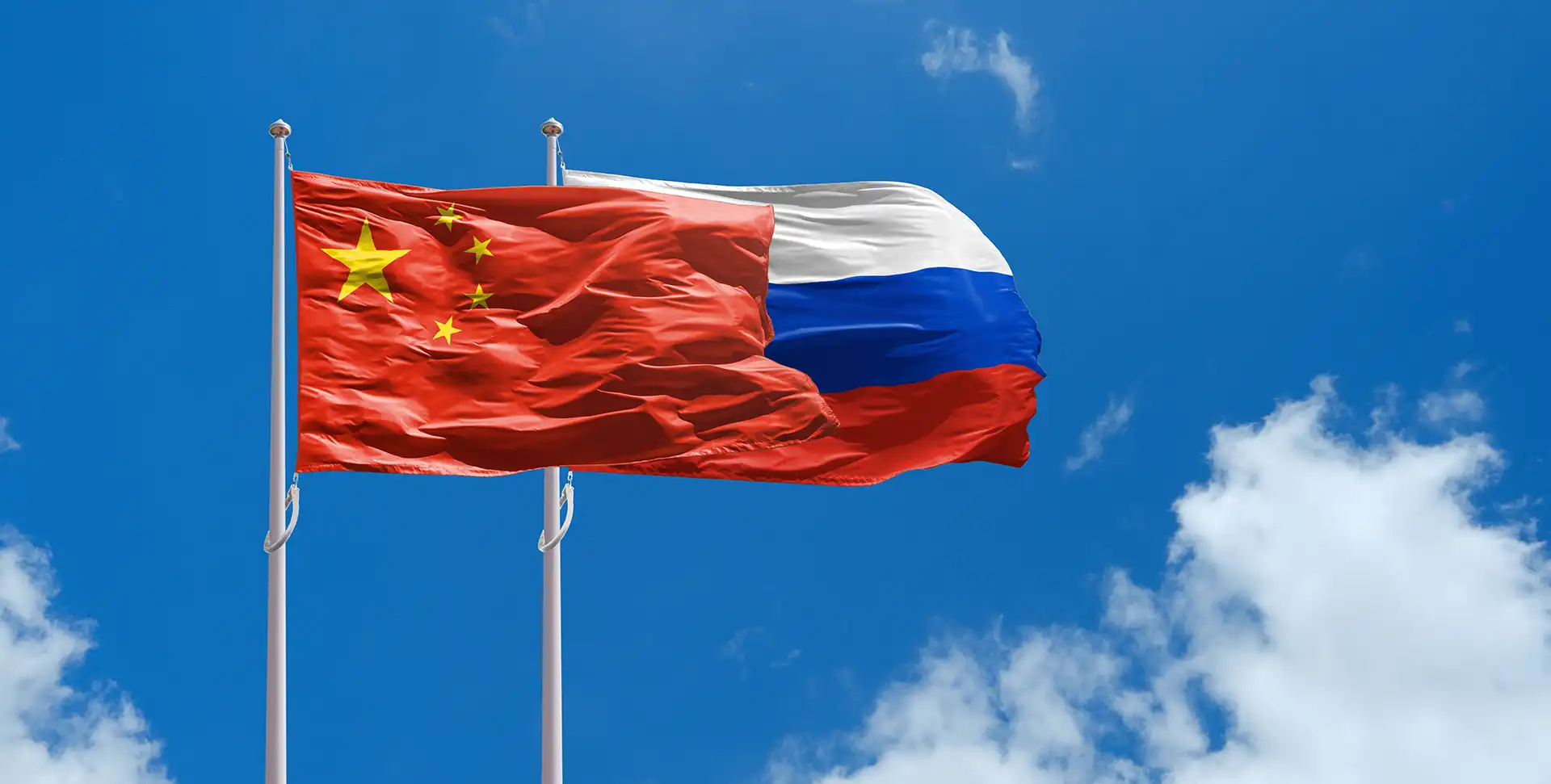

Serbia
Serbia passport ranking
The Serbian passport is currently ranked 34th place on the Guide Passport Index. It provides visa-free access to 135 countries. This grants it an overall high mobility score and makes it a desirable passport. Serbian passport holders have visa-free access and visas on arrival to countries such as Singapore, China, Russia, Israel and the entire European Union. This allows almost instant travel opportunities to worldwide prime destinations. Serbian passport holders do however require a visa to enter about 95 destinations. Some countries where a visa is required are India, the United States and Australia.
Serbia Passport Ranking
The Serbia passport ranking relative to other global passports is calculated by adding up the number of countries that allow Serbia passport holders to enter without a visa (i.e. visa-free countries) and those that allow Serbia passport holders to enter by obtaining a visa on arrival (i.e. visa-on-arrival countries) or an electronic travel authorization (eTA). There are currently a total of 100 Serbia passport visa-free countries, 30 Serbia visa-on-arrival countries, and 4 eTA destinations.
Altogether, Serbia passport holders can enter a total of 135 destinations—either without a visa, through a visa on arrival, or via an eTA. As a result, the Serbia passport ranks 34 in the world.
Separate from these Serbia visa-free countries and visa-on-arrival countries, there are 95 additional destinations which Serbia passport holders either need a physical visa to enter or an eVisa (i.e. visa required countries).
About Serbia
The landlocked Republic of Serbia consists of 29 districts. The most important districts are Raska, Macva and Sumadija. The country is part of the Balkan states located in Southeastern Europe. It is bordering Hungary, Romania, Bulgaria, North Macedonia, Kosovo, Montenegro, Bosnia and Herzegovina and Croatia. The nation has a total surface area of 77,474 square kilometers. The country’s terrain is very varied ranging from mountains to basis and fertile plains. Its climate is continental in the north and Mediterranean in the rest of the country.
The overall population is over 6,7 million people. The capital of the country is Belgrade, which is also the most populous city. Other major cities are Novi Sad, Nis and Kragujevac. The country’s largest airport is Belgrade Nikola Tesla Airport (BEG) with 6.1 million annual passengers. This makes it the 5th busiest airport in the Balkans. The airport provides access to regional European destinations.
Serbian culture is a mix of Ottoman and Habsburg historic influences. The majority of the population is Christian. The official language is Serbian. The Serbian legal system is the civil law. The government form is a presidential republic. The position of the chief of state is held by President Aleksandar Vucic and the head of government is Prime Minister Ana Brnabic. Elections are held every 5 years with the president being elected by an absolute majority through popular vote.
The official currency is the Serbian dinar (RSD), it has a current exchange rate of RSD 108 to the USD. The country has an open economy, generating a GDP of approximately $137 billion, placing on the 6th last spot from all the European countries. Its citizens have a per capita income of $19,767. The GDP is mostly made up of the services and industrial sectors. These industries remain a very important contributor to the economy with exports of products such as automobiles, metals, furniture, wheat, maize and sunflowers.
Serbia is a popular tourism destination known for its lush nature and beautiful tranquil towns. The main activities for tourists are hiking and sightseeing. There are five UNESCO world heritage sites scattered across the country. Some of the main destinations include Nis, the Devil’s town, Kopaonik National Park, Prizren, the Studenica Monastery and the capital Belgrade. Serbia has a total of approximately 3.6 million tourists visiting every year. Most of the tourists are originating from neighboring countries and Europe.










































